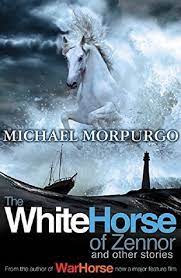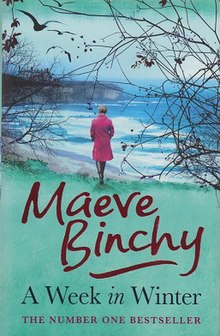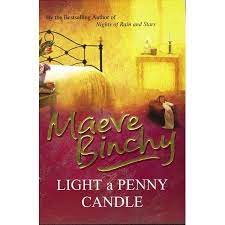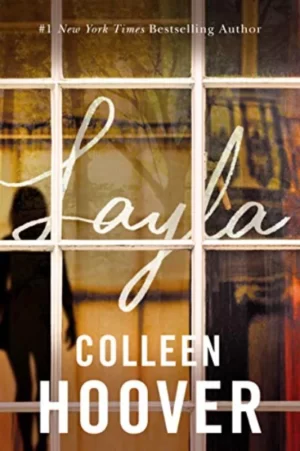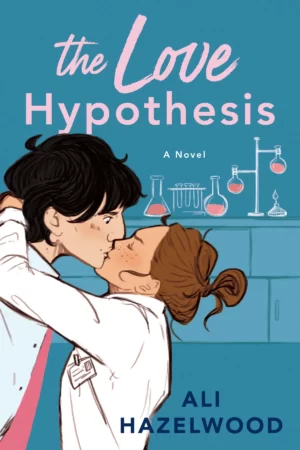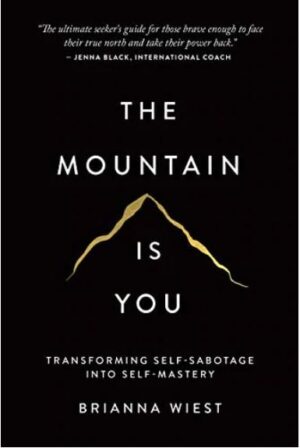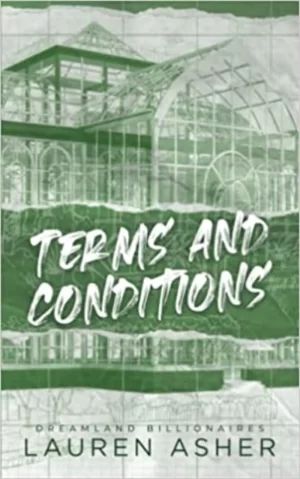In 2014, Paula Hawkins, an Oxford-educated journalist and writer, completed her book “The Girl on the Train” within six months. Her experience as a reporter in London influenced the novel’s structure and descriptions of various locations. The book garnered immediate comparisons to Gillian Flynn’s “Gone Girl” and achieved similar success, debuting at #1 on the New York Times bestseller list in 2015 and maintaining that position for 13 consecutive weeks. However, what sets Hawkins’s work apart is its focus on women’s perspectives, effectively reversing the power dynamic seen in “Gone Girl.”
“The Girl on the Train” delves into themes of trauma, substance use disorders, and their impact on memory. It also explores the yearning for a different life in a suburban dystopia and the way abusive men manipulate and divide women against each other.
The novel’s popularity led to two film adaptations: first in 2016 by DreamWorks in English, and later in 2021 by Reliance Entertainment in Hindi. This guide specifically references the 2016 trade paperback edition published by Riverhead, an imprint of Penguin Random House.




